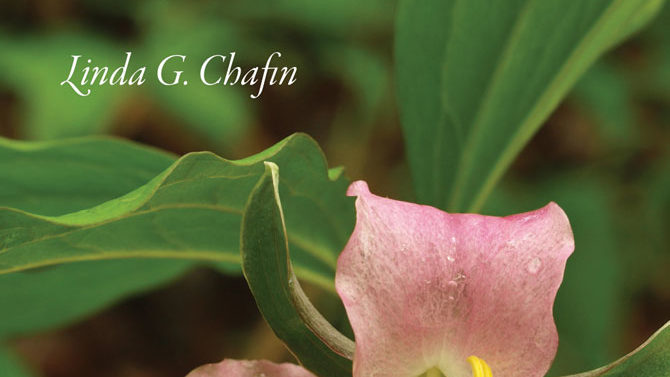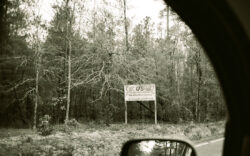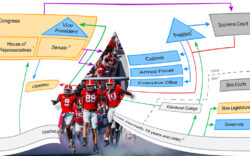Sunday morning: How can I write about a wildflower book while the news is filled with the murders of 50 people at an Orlando nightclub? Perhaps the book contains the sustenance that keeps us from becoming murderers, that shows us connections between our lives and nature, that surrounds us and sustains us and connects us to life, in spite of the horrors that flash before our eyes so regularly in the news.
Field Guide to the Wildflowers of Georgia and Surrounding States is an imposing work of scholarship, and at the same time it is a friendly invitation to share knowledge you have wished you had every time you’ve wondered at an unknown flower along the roadside or on a walk in the woods.
Linda Chafin is conservation botanist out at the State Botanical Garden of Georgia. She has already written a couple of books about rare plants, and Carol and Hugh Nourse, the lead photographers on this project, have published a couple of books of Georgia wildflower photographs, so they all knew what they were doing when they set out to bring us this book, published by the University of Georgia Press, which is on a roll with its books by Georgia authors.
This one is a chunk: a beautifully printed, heavy-duty full-color 516 pages filled with inviting and helpful information. Two things about it jump out at you immediately: The information-gathering and presentation are exhaustive and the tone throughout is informally friendly and helpful. If I had written a book like this, I think I’d have a tendency to feel like after I’d done all this work, why shouldn’t you have to put a little effort into reading it? Maybe it’s because Chafin works at the Bot Garden that she’s so welcoming with all this information she has compiled. She goes way out of her way to help you understand the complicated parts, with little asides about how to pronounce the Latin terminology and how to understand the ways plants are categorized and other such explications. Reading the book is like having an interesting chat with somebody who knows a lot about something you’re interested in and who is also good at helping you catch on.
I mean, Georgia wildflowers? Who has not seen one and wanted to know what it is? Well, they’re all right here, with good, sharp, clear pictures. And they’re laid out in well organized sequences and then indexed in the back according to color, so that if you’re curious about that spiraldy purple blossom but don’t know its name, you can find it by sight, with the page number to guide you to its description.
And the descriptions and the page notes are like a quick course in botany, in ecology, really, because you quickly see how wildflowers are just a window into nature as they are parts of its cycle with the roles they play in pollination, supporting insects that in turn support them.
And not only the lovely pictures, but the names: Shepherd’s Purse, Dutchman’s Britches, Hairy Cat’s Ear, Pink Lady’s Slipper and on and on. They’re all in here: 770 of the most common wildflowers found in Georgia and the Southeast, and additional information on 550 more.
A happy side effect of this book is that it makes you want immediately to get outside here and around the state to spot some of these treasures for yourself. Thanks to Chafin, the Nourses and all the other photographers who sent in pictures, you’ve got everything you need to head out in confidence.
But, hey: You can meet the folks behind this book and ask them how they did it. Tuesday, June 21 the State Botanical Garden of Georgia is hosting a reception, talk and book signing with Chafin and the Nourses, beginning at 6:30 p.m. in the administration building. Then, on Thursday, June 23 there’s a talk and signing with Chafin and the Nourses at 7 p.m. in Appleton Auditorium at the ACC Library.
Like what you just read? Support Flagpole by making a donation today. Every dollar you give helps fund our ongoing mission to provide Athens with quality, independent journalism.









